
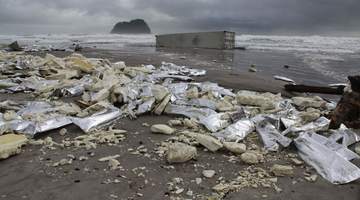
The resources in this collection are about where the land meets the sea. New Zealand has 15,134 km of coastline with extensive marine habitat. Land and sea are intricately linked, one impacting ...
READ MORE
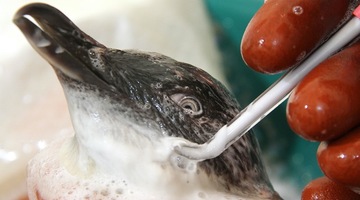
On 5 October 2011, Maritime New Zealand was called to respond to an ‘incident’ in the early hours of the morning. The 236 m cargo vessel Rena had struck the Astrolabe Reef about 12 nautical miles ...
READ MORE

This Connected article looks at the aftermath of the 2011 environmental disaster caused when the MV Rena struck Astrolabe Reef, off the Tauranga coast. Since then, the clean-up operation has seen ...
READ MORE
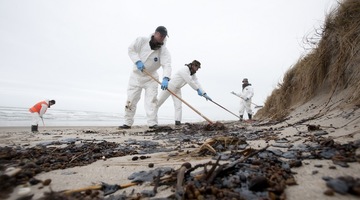
In this activity, students consider short-term and long-term responses to an environmental disaster such as the Rena. By the end of this activity, students should be able to: describe what might ...
READ MORE

Aotearoa New Zealand has one of the highest cat ownership rates in the world. Nearly 40% of households have at least one cat – for the most part, we’re fond of our cats. Unfortunately, domestic ...
READ MORE

Aotearoa New Zealand has a lot of cats! Forest & Bird reports we have: 1,134,000 companion cats 196,000 stray cats millions of feral cats – there’s no data on feral cat abundance but this is ...
READ MORE
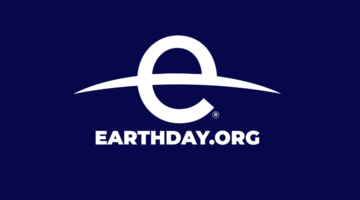
Be part of a worldwide movement and use Global Earth Challenge to submit or classify photos to help our planet’s environment and human health. Global Earth Challenge is a citizen science campaign ...
READ MORE
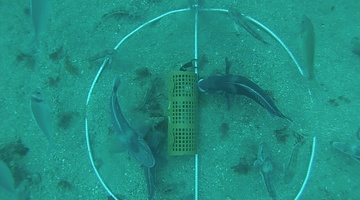
Come and visit Aotearoa New Zealand’s underwater world in this online citizen science project. Discover, count and identify unique fish species that live within our marine reserves ...
READ MORE
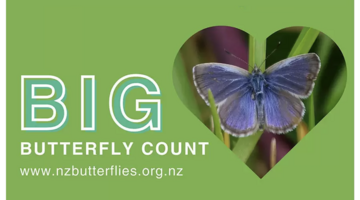
This New Zealand-based citizen science project collects data about butterflies in our gardens, schools, parks and farms – any location in the country or on the outer islands. This annual event – ...
READ MORE
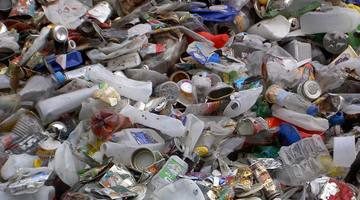
Below are links to Science Learning Hub resources for primary teachers related to recycling and biodegradability in the Material World strand of the New Zealand Curriculum. Recycling and ...
READ MORE

In this recorded professional learning session, Lyn Rogers and Steve Hathaway from Young Ocean Explorers introduce some exciting marine teaching and learning resources and: chat about Steve’s ...
READ MORE

Conservation is about our natural environment and the plants, animals and birds that live in our very own backyards, school playgrounds, local parks and reserves. Nature is all around us ...
READ MORE
Immediately following the grounding of the Rena on the Astrolabe Reef, the Bay of Plenty Polytechnic and the University of Waikato formed a marine response team. This team surveyed local marine ...
READ MORE
An important aspect of the government’s Long-Term Environmental Recovery Plan after the Rena disaster was to assess the impacts of the pollution and clean-up from a cultural perspective. A ...
READ MORE
The Ake Ake model is a pictorial mapping of someone’s perspective. Researcher Lorraine Dixon uses the model to encourage iwi to share their views including values and possible issues around ...
READ MORE
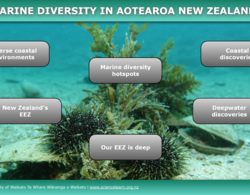
Aotearoa New Zealand is a hotspot for marine diversity.
READ MORE
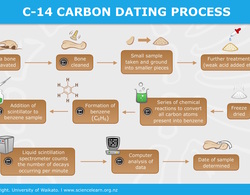
Historical artefacts like moa bones can be dated using a technique that measures the activity of the radioisotope carbon-14 still present in the sample. By comparing this with a modern standard ...
READ MORE
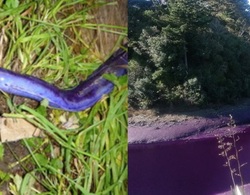
This interactive timeline highlights how students investigating the Oruarangi Stream engaged with the nature of science.
READ MORE